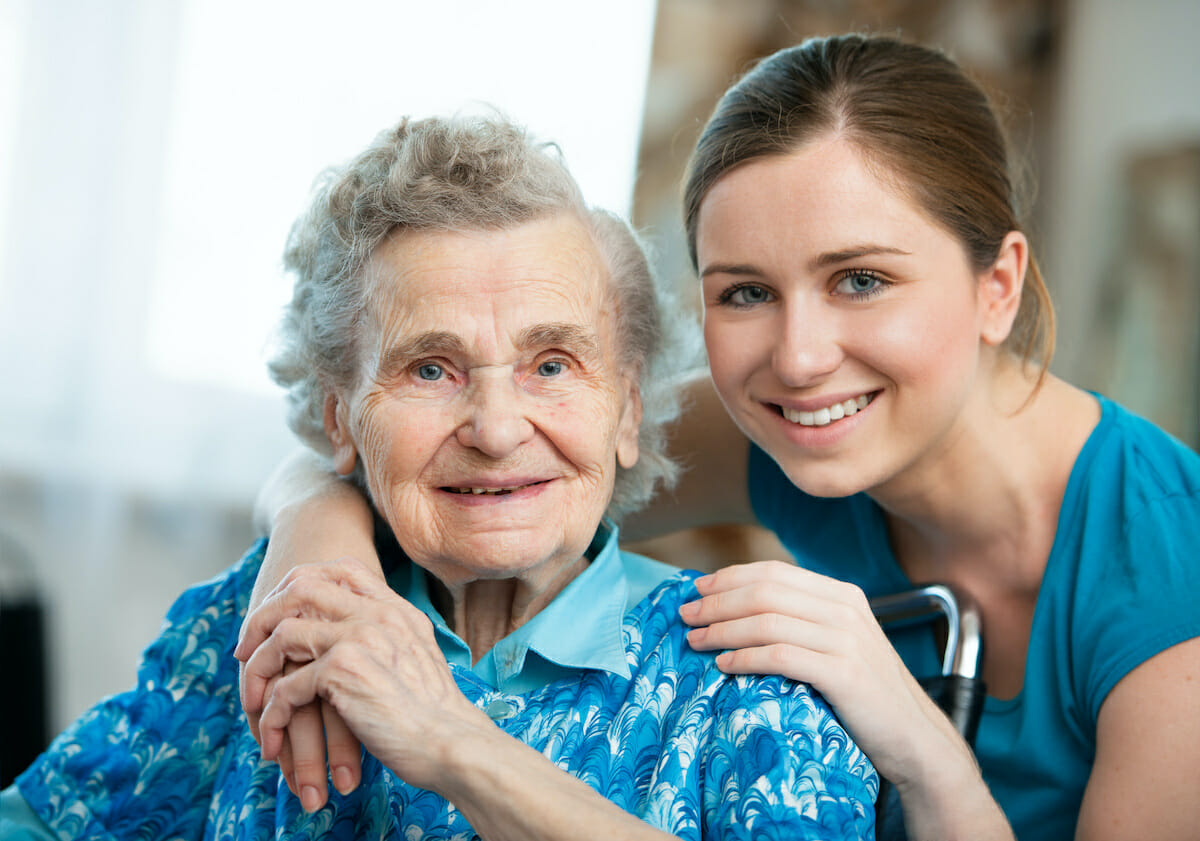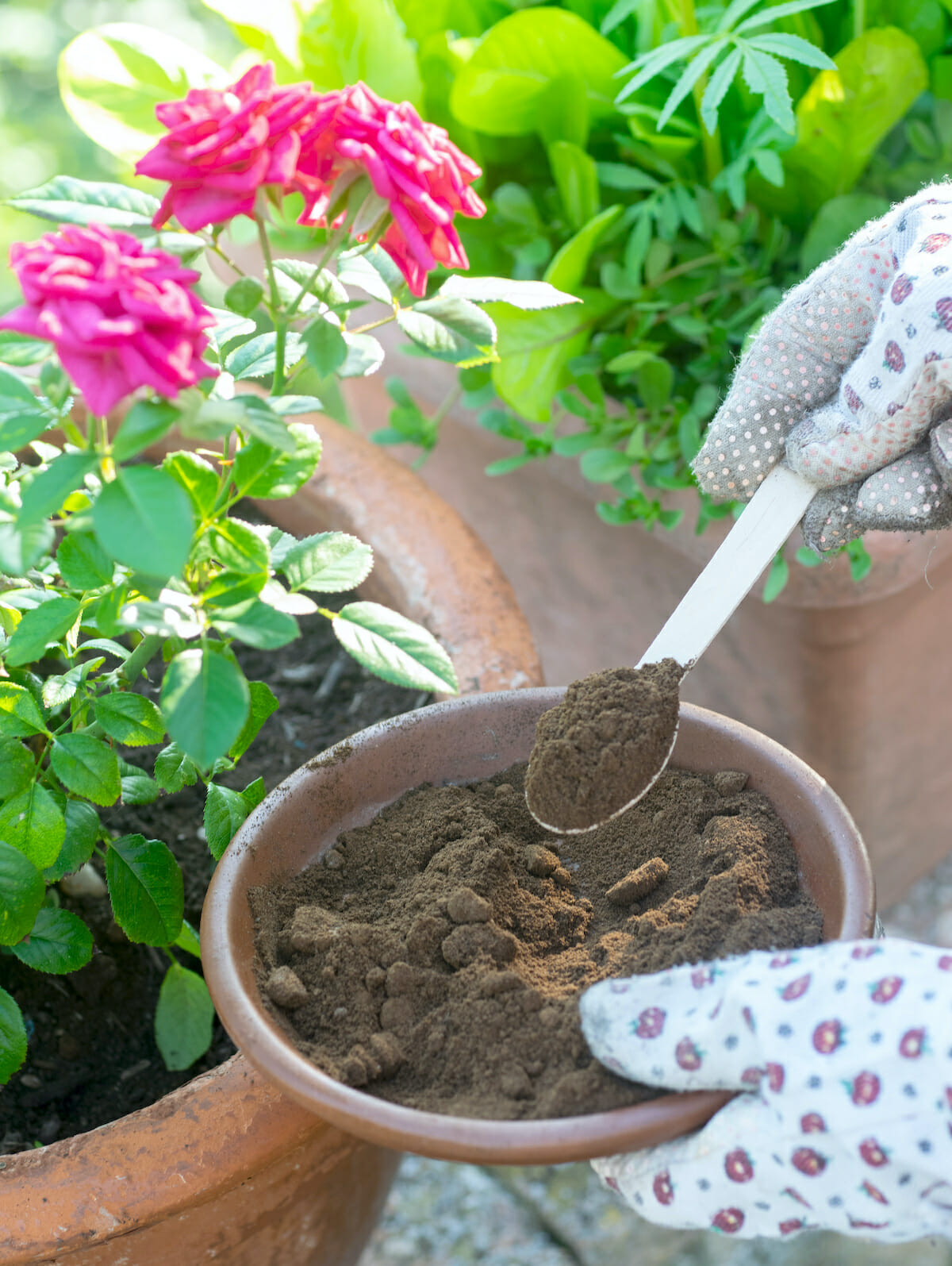A caregiver is an adult daughter or son, spouse, relative, or friend who helps someone (usually) 60 and older. Caregiving can include physical care, emotional care, daily activities, managing medications, doctor visits, shopping, legal matters, or financial matters.
The most rapid population growth is among persons 85 and older with an increasing number of people aged 100 and older. About 20% of the population will be over age 65 by 2030. That is only seven years from now!
What does this mean to caregivers? It means about 62-70% will still be working part-time and approximately 50% will be working full time.
So now what? How do you, the caregiver, balance your life with work, kids in college or high school, managing your house, and having time with other family members and friends? It is very easy to get into such a spin that you don’t seek out help and you just continue on a downward spiral. But if you can slowing incorporate some changes in your life, maybe, just maybe, your life will start to focus more on your needs so you can have a life and be a good caregiver.
You may want to start with the resources available in your area (local and state) to see if there is something that can be beneficial to you: resource books and online, support groups, day care programs, transportation to doctor’s appointments, funds for respite care, and maybe even discounts on medicines. This may take a bit of work, but the payoff will be worth it.
Talk to your friends, church members, and neighbors. You could be surprised to learn how much support these resources can provide. Don’t assume someone would not want to help. Take time to work on a simple schedule and determine when you need help the most. Is it a few hours in the afternoon, thirty minutes before dinner? Talk with your employer about your situation. Maybe you could adjust your hours to help with scheduling. Sometimes these brief “respites” can make a big difference in your energy level. Just remember you are not a “failure” if you reach out for help.











